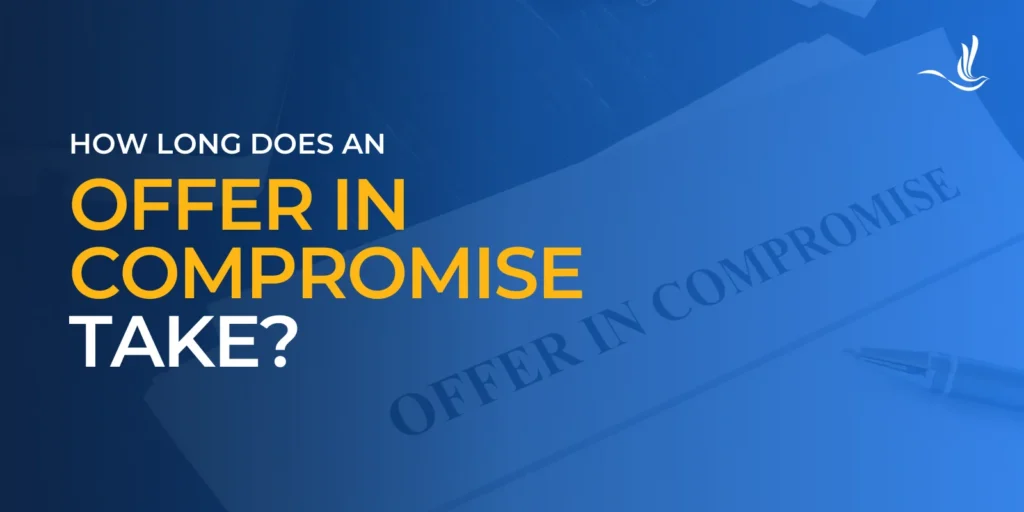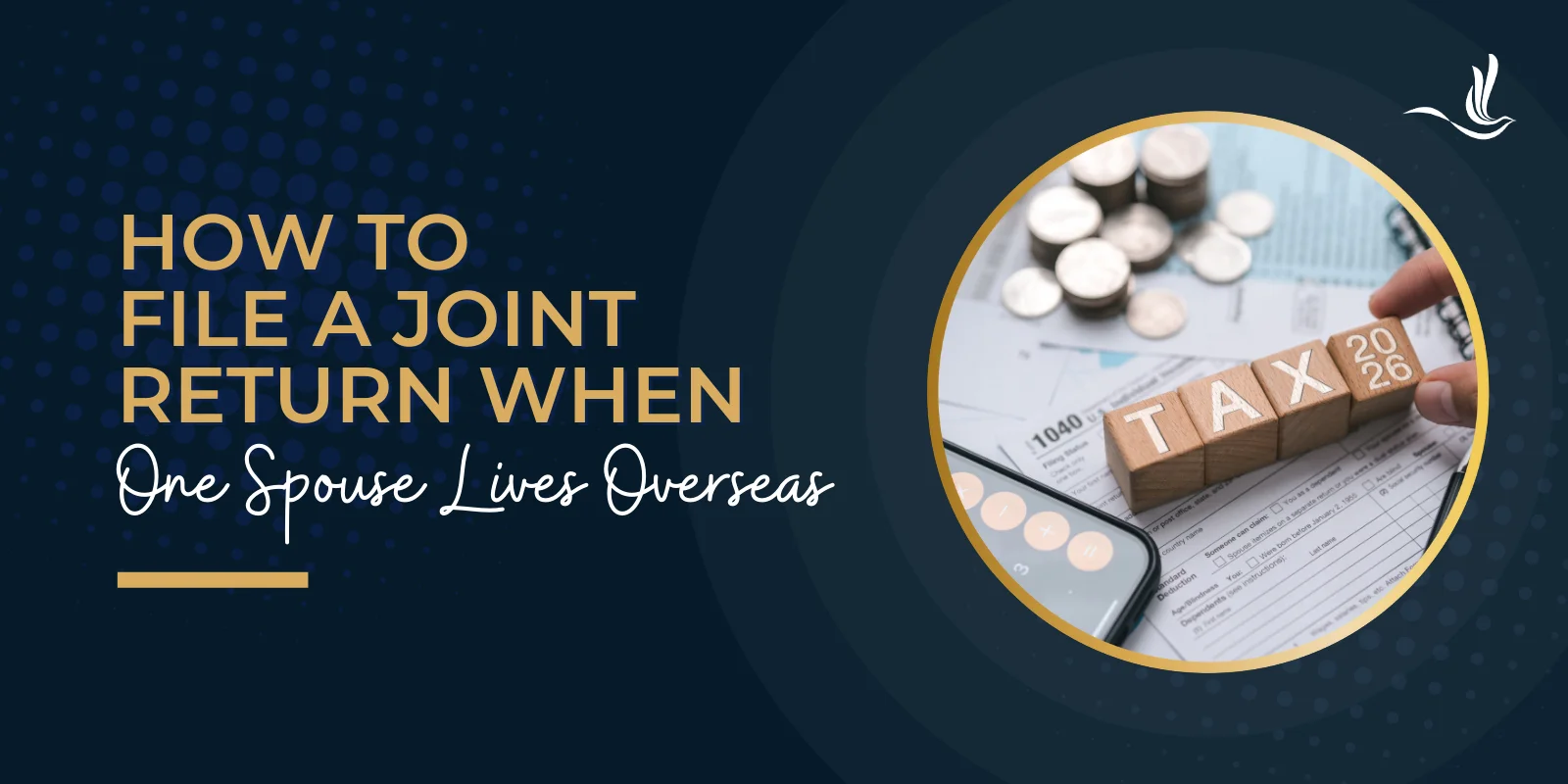If you’re facing significant tax debt and struggling to make ends meet, the Offer in Compromise (OIC) process may offer a lifeline. This tax negotiation program, offered by the IRS, allows qualifying taxpayers to settle their tax debts for less than the full amount owed. While this can be a valuable option, it’s important to understand that the process is not quick or straightforward. The timeline for an OIC can vary depending on several factors, but in most cases, it takes several months to a year or more to reach a resolution. In this article, we’ll walk you through the Offer in Compromise process, factors affecting its duration, and other essential details about this tax settlement program.
Understanding the Offer in Compromise (OIC)
An Offer in Compromise is a form of tax settlement that allows taxpayers to negotiate a reduced amount with the IRS. It is typically offered to those who cannot pay their full tax liability without causing significant financial hardship. The IRS considers a range of factors before accepting an OIC, including income, expenses, assets, and overall ability to pay.
The OIC is one of the more popular options for tax relief, but not everyone qualifies. The IRS approves OICs on a case-by-case basis, and approval rates can be relatively low. This makes understanding the process and requirements crucial if you’re considering applying for an OIC.
The OIC Process: Step-by-Step
The Offer in Compromise process involves several stages, each with its own timeline. Here’s a breakdown of the steps involved.
1. Preliminary Qualification
Before diving into the formal application, it’s important to ensure that you meet the IRS’s basic eligibility criteria. You can use the IRS Offer in Compromise Pre-Qualifier tool to check if you’re eligible based on your financial circumstances. Factors considered include whether you’ve filed all required tax returns, made any necessary estimated tax payments, and are not in the middle of bankruptcy proceedings.
This initial step can take a few days to complete, but it’s crucial to prevent unnecessary delays later in the process.
2. Filing the Offer in Compromise Application
Once you’re confident you meet the eligibility criteria, you’ll need to file IRS Form 656, Offer in Compromise, along with Form 433-A (OIC) for individuals or Form 433-B (OIC) for businesses. These forms require detailed information about your financial situation, including income, assets, and liabilities. You will also need to include a non-refundable application fee and an initial payment (if opting for a lump-sum offer).
Completing the forms can take a few weeks, depending on how quickly you can gather all the necessary documents. Working with a tax professional can speed up this process, but it still requires thorough preparation.
3. IRS Review of Your Offer
Once your application is submitted, the IRS will begin reviewing your case. The timeline for this stage is highly variable. In some cases, the IRS may provide a decision within 6 to 9 months. However, complex cases can take a year or longer for the IRS to fully evaluate. Factors such as the amount of tax debt, the complexity of your financial situation, and the current workload at the IRS can all affect the timeline.
During this time, the IRS may request additional documentation or clarification on certain aspects of your application. Responding promptly to any IRS inquiries can help move the process along faster. If you fail to respond to IRS requests for information, your offer will be returned, and you’ll lose your right to appeal. On average, this stage takes 6 to 12 months, although it can be longer depending on the specifics of the case.
4. IRS Decision: Approval, Rejection, or Counteroffer
After reviewing your application, the IRS will either approve, reject, or make a counteroffer. If approved, you’ll need to follow through with the agreed payment plan. If the IRS rejects your offer, you have the option to appeal the decision through the IRS Appeals Office, which can further prolong the process.
A counteroffer occurs when the IRS agrees to settle for less than your full tax debt but believes your original offer is too low. You can accept the counteroffer or negotiate further, but keep in mind that this could add more time to the process. The approval or rejection phase typically takes several weeks to a few months, depending on whether additional negotiations or appeals are necessary.
5. Payment of Accepted Offer
If your OIC is approved, you’ll either make a lump-sum payment or begin monthly payments under the terms agreed upon. The IRS typically expects you to complete all payments within 24 months, depending on the payment terms. The payment phase itself can take up to two years, depending on your financial arrangement with the IRS.
Factors That Affect How Long the OIC Process Takes
Several variables can influence the duration of the Offer in Compromise process.
- Complexity of Financial Situation: The more assets, income sources, or liabilities you have, the longer it may take the IRS to review your application.
- IRS Backlog: The IRS’s workload can significantly affect the timeline, especially if there is a surge in OIC applications or a reduction in staffing levels.
- Inaccurate or Incomplete Applications: Missing or incorrect information in your OIC application can cause significant delays. Make sure all details are accurate and complete before submission.
- Request for Additional Documentation: If the IRS needs more information or documentation to support your case, the process may be delayed until you provide the necessary materials.
- Appeals Process: If your offer is rejected and you choose to appeal, the entire process can extend by several months to a year or more.
How to Expedite the Offer in Compromise Process
While you can’t control every aspect of the timeline, there are a few things you can do to help speed up the process.
- Submit a Complete and Accurate Application: Double-check all forms and documents before submission to avoid delays due to errors or missing information.
- Respond Promptly to IRS Requests: If the IRS asks for additional documentation or clarification, respond as quickly as possible to avoid holding up the process.
- Work with a Tax Professional: Navigating the OIC process can be complex, and errors can lead to significant delays. Working with a tax professional experienced in OICs can help ensure your application is completed correctly the first time.
Alternatives to an Offer in Compromise
For those who do not qualify for an OIC or are looking for faster relief, other tax relief options may be available.
- Installment Agreement: This allows you to pay off your tax debt over time in monthly payments. While this doesn’t reduce the total amount owed, it may offer more manageable payment terms.
- Currently Not Collectible (CNC) Status: If you can’t afford to make any payments toward your tax debt, you can apply for CNC status, which temporarily halts IRS collection efforts.
Offer in Compromise Help
The Offer in Compromise process is a lengthy but worthwhile endeavor for those who qualify. On average, it takes 6 to 12 months, but complex cases can extend beyond a year. Understanding the steps involved, preparing a complete and accurate application, and promptly responding to IRS requests can help expedite the process. If you’re struggling with tax debt, an OIC could be the solution to achieving long-term financial relief, but patience and preparation are key. Working with a tax professional experienced in OICs can also greatly improve your chances of approval and help ensure you navigate the process as efficiently as possible. Optima Tax Relief is the nation’s leading tax resolution firm with over $3 billion in resolved tax liabilities.
If You Need Tax Help, Contact Us Today for a Free Consultation
Publisher: Source link











